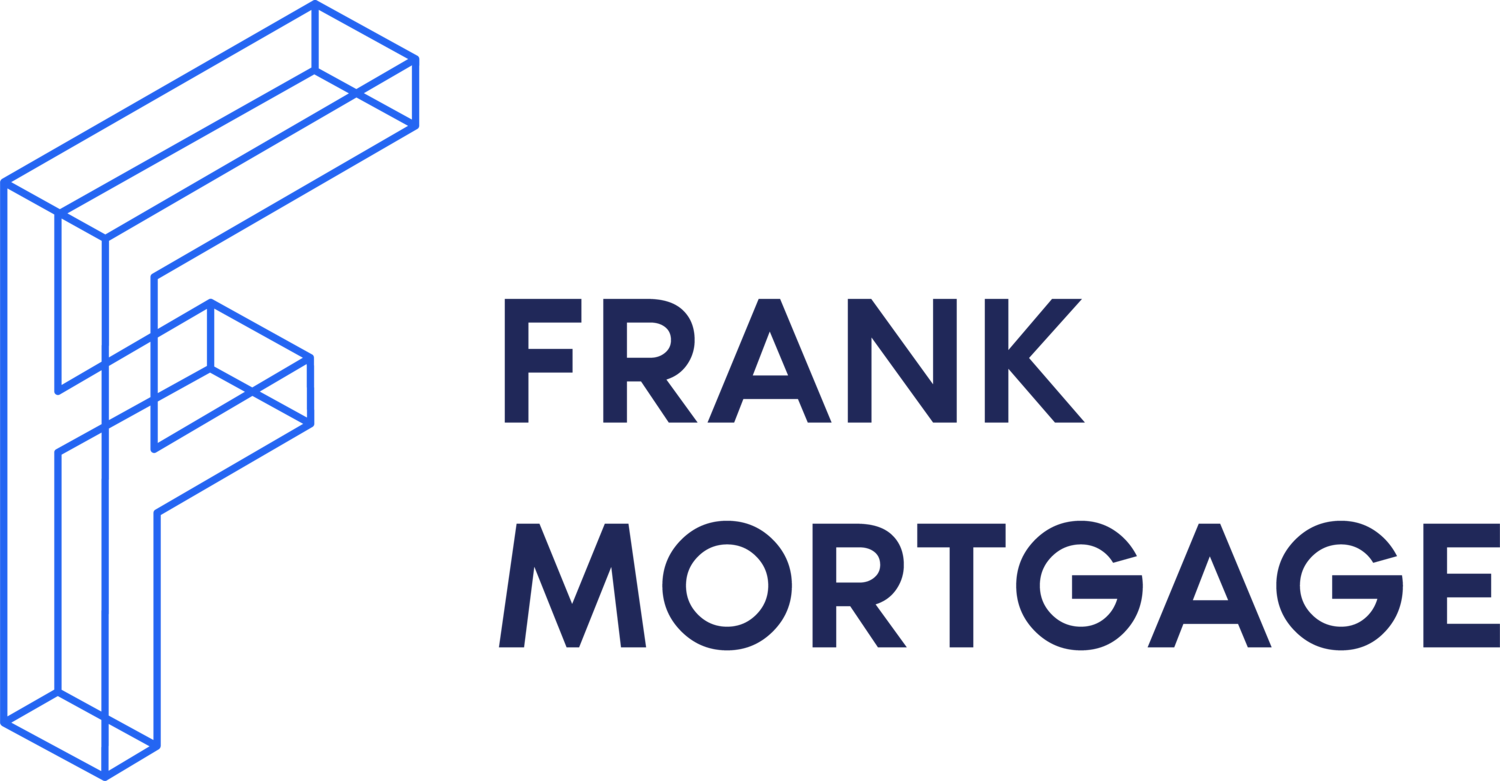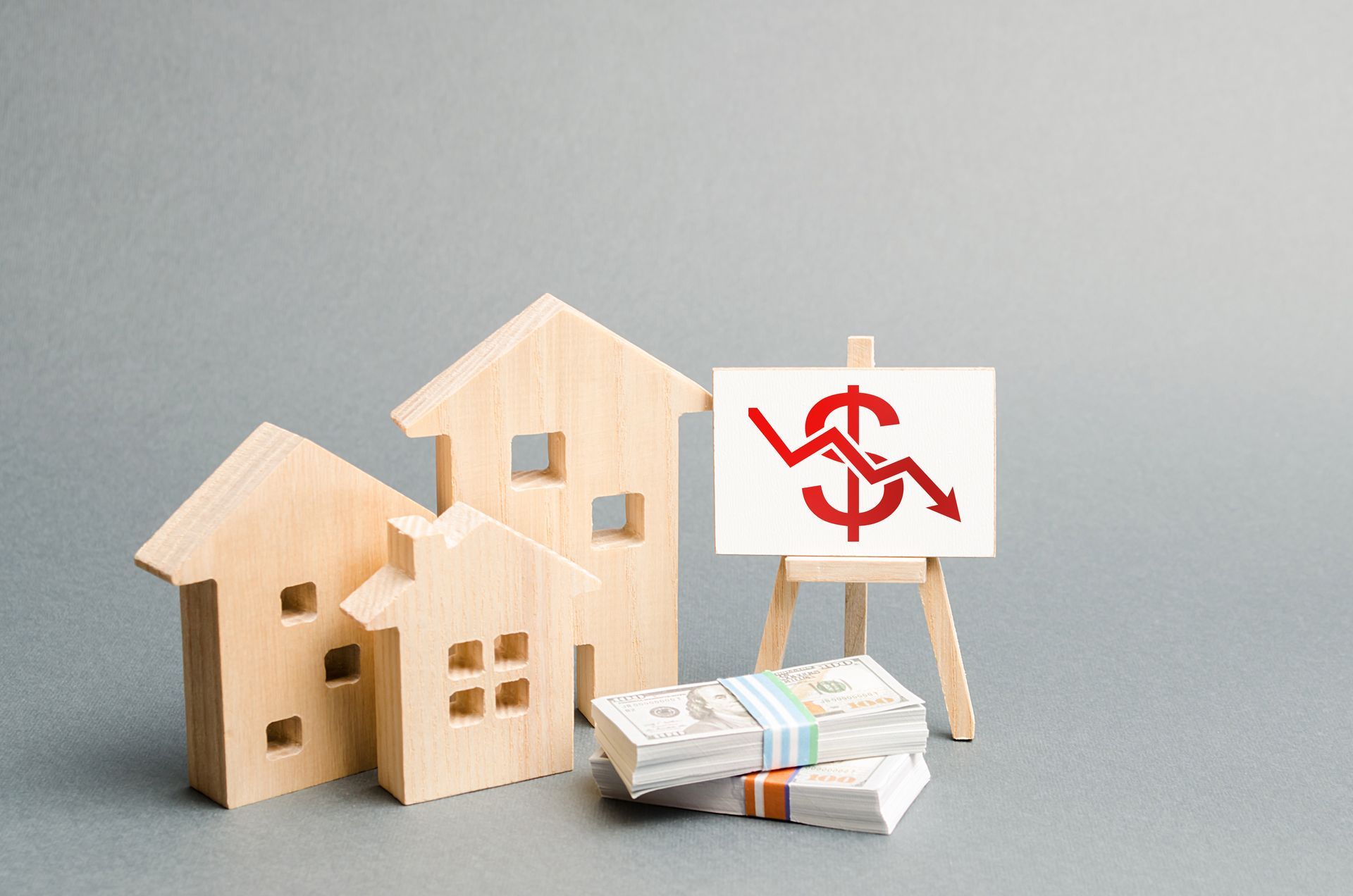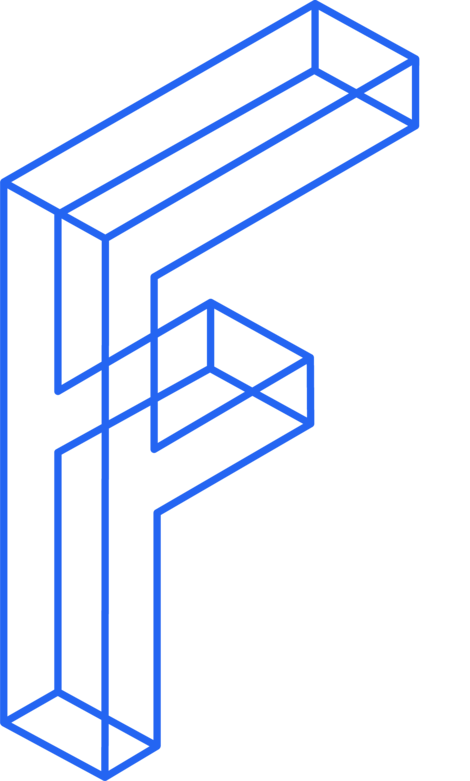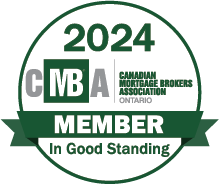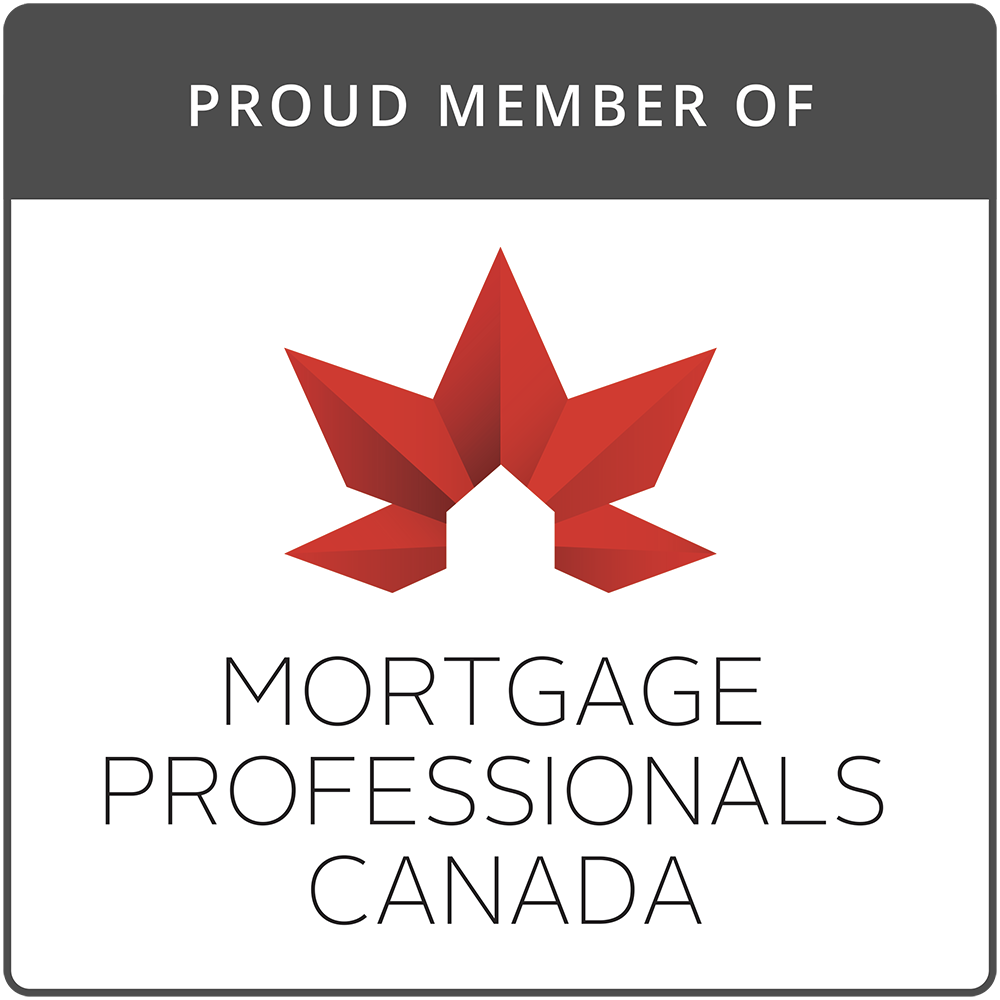Owner-Occupied Rental Property
Mortgage Default Insurance Eligibility

Purchasing an owner-occupied rental property in Canada can be a strategic way to build wealth while securing a home for yourself. But if you’re planning to put down less than 20% of the property’s purchase price, you’ll likely need mortgage default insurance. Here’s what you need to know about how mortgage default insurance works for owner-occupied rental properties.
What Is Mortgage Default Insurance?
Mortgage default insurance, often called “mortgage insurance,” protects lenders in case a borrower defaults on their mortgage. In Canada, this insurance is mandatory for mortgages with a down payment of less than 20%. Insured mortgages are also called high-ratio mortgages. While the cost is borne by the borrower, it benefits the borrower by allowing for higher loan-to-value ratios and lower down payments. Insured mortgages also have lower interest rates than uninsured mortgages.
Can a Rental Property be Financed with an Insured Mortgage?
Yes, mortgages on owner-occupied rental properties can qualify for mortgage default insurance, provided they meet certain criteria. These properties require homeowners to live in one unit while renting out others, creating opportunities for additional income to help cover mortgage payments.
If the owner does not occupy one of the units, then they are only eligible for a conventional rental property mortgage. This means that an owner of such a rental property must have a minimum 20% down payment to get a mortgage. Note that is the minimum; depending on the property, borrower credit and other circumstances, the lender may require an even larger down payment.
If the property has four units or less and a unit occupied by the owner, then it is considered ‘owner-occupied with rental’ and may be eligible for mortgage default insurance. The main benefits of obtaining mortgage default insurance are:
- Lower down payment. An owner-occupied with rental property usually requires a minimum down payment of 10% for a 3-4 unit property and 5% for a 1-2 unit property;
- Lower mortgage rates. The rate will be closer to owner-occupied, insured mortgage rates which are often 0.25% to 0.50% lower than uninsured rental mortgage rates.
Owner-occupied rentals are a great way to either get started in the housing market and/or invest in property. Not only will the mortgage be more affordable for the reasons stated above, but the other units you rent can help pay for your mortgage. This method of home ownership is often called house hacking and is described in more detail here - House-Hacking-Making-Homeownership-More-Affordable
Conditions on Owner-Occupied with Rental Mortgages
There are specific conditions and limitations to be aware of:
- Owner-Occupied Requirement: The borrower must occupy one of the units of the rental property as their primary residence. This is a key condition for obtaining mortgage insurance for such properties.
- Unit Limit: Typically, mortgage insurers like the Canada Mortgage and Housing Corporation (CMHC), Sagen (formerly Genworth), and Canada Guaranty allow insurance for rental properties with up to four units, as long as one unit is owner-occupied.
- Loan-to-Value (LTV) Ratio: The maximum LTV for insured mortgages is generally 95% for properties with 1-2 units. For properties with 3-4 units, the LTV limit is lower, typically 90%. This means the borrower must make a larger down payment for multi-unit properties.
- Purpose of Insurance: Mortgage default insurance is required if the down payment is less than 20% of the purchase price or the appraised value of the property, whichever is lower.
- Income Requirements: Borrowers must meet the insurer's debt service ratio requirements, which include the Gross Debt Service (GDS) and Total Debt Service (TDS) ratios. Rental income from the property can be considered but is typically subject to a percentage inclusion (e.g., 50% to 100%, depending on the insurer).
- Property Value Limits: the maximum property value for eligibility for default insurance is $1.5 million.
- Location: The property must be located in Canada and meet the insurer's criteria for marketability and resale potential in the area.
It’s important to confirm these conditions with your mortgage broker before trying to apply for a mortgage from a CMHC-insured mortgage lender, as policies and criteria can vary between insurers and over time.
Insured mortgages are provided by A-lenders and you need to meet the underwriting criteria of the lender and mortgage insurer to qualify. They will check your employment income, credit history, debt load and other factors.
The Costs of Mortgage Default Insurance
The cost of mortgage insurance is calculated as a percentage of the mortgage amount and varies based on the LTV ratio as seen below.
Premium schedule for homeowner loans (owner-occupied property with 1-4 units)
| Loan-to-Value Ratio | Premium on Total Loan Amount | Premium on Increase to Loan for Portability* |
|---|---|---|
| Up to and including 65% | 0.60% | 0.60% |
| 65.01% to 75% | 1.70 | 5.90% |
| 75.01% to 80% | 2.40% | 6.05% |
| 80.01% to 85% | 2.80% | 6.20% |
| 85.01% to 90% | 3.10% | 6.25% |
| 90.01% to 95% | 4.00% | 6.30% |
| 90.01% tp 95% with non-traditional down payment | 4.50% | 6.60% |
Source: CMHC
The premium can be added to the mortgage balance or paid upfront. While this adds to your overall cost, the ability to leverage your purchase with a lower down payment and get a lower mortgage rate often outweighs the expense.
What if You are not Eligible for Mortgage Default Insurance?
If you cannot qualify for mortgage default insurance, you can still get a mortgage for your rental property. As noted above you will need a minimum 20% down payment. A-lenders provide rental property mortgages and there are B-lenders and private lenders that do this as well. They charge fees and higher rates but can be flexible on amortization period (up to 35 years in some cases) and other features to make the mortgage affordable.
Conclusion
Mortgage default insurance enables borrowers to access financing with a smaller down payment, which can be a significant advantage when purchasing an owner-occupied rental property. This is particularly beneficial in today’s competitive housing market, where saving for a larger down payment can be challenging.
An owner-occupied rental property can be an excellent way to generate additional income while building equity in your home. Understanding the role of mortgage default insurance and its requirements ensures you’re well-prepared to navigate the purchasing process.
Every property and financial situation is unique so working with an experienced mortgage broker is essential. They can guide you through the eligibility criteria, application process, help you maximize your borrowing potential, find the best rates and ensure you’re making the best financial decisions for your goals. At Frank Mortgage, we are here to help. Please call us at
1-888-850-1337 or find us at
www.frankmortgage.com.
About The Author

Don Scott
Don Scott is the founder of a challenger mortgage brokerage that is focused on improving access to mortgages. We can eliminate traditional biases and market restrictions through the use of technology to deliver a mortgage experience focused on the customer. Frankly, getting a mortgage doesn't have to be stressful.
